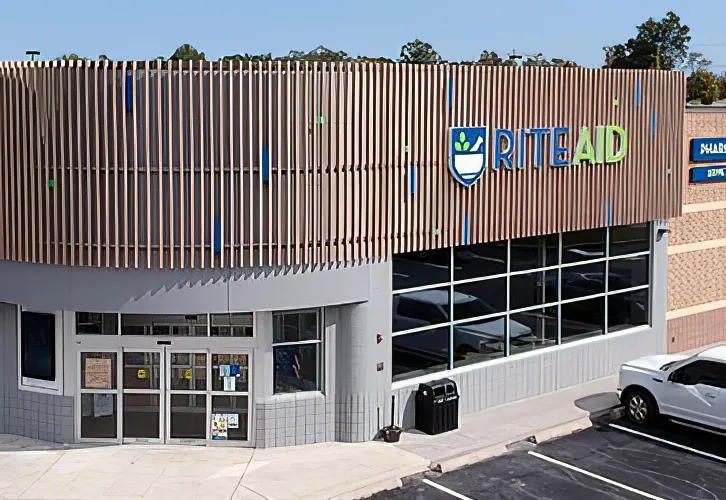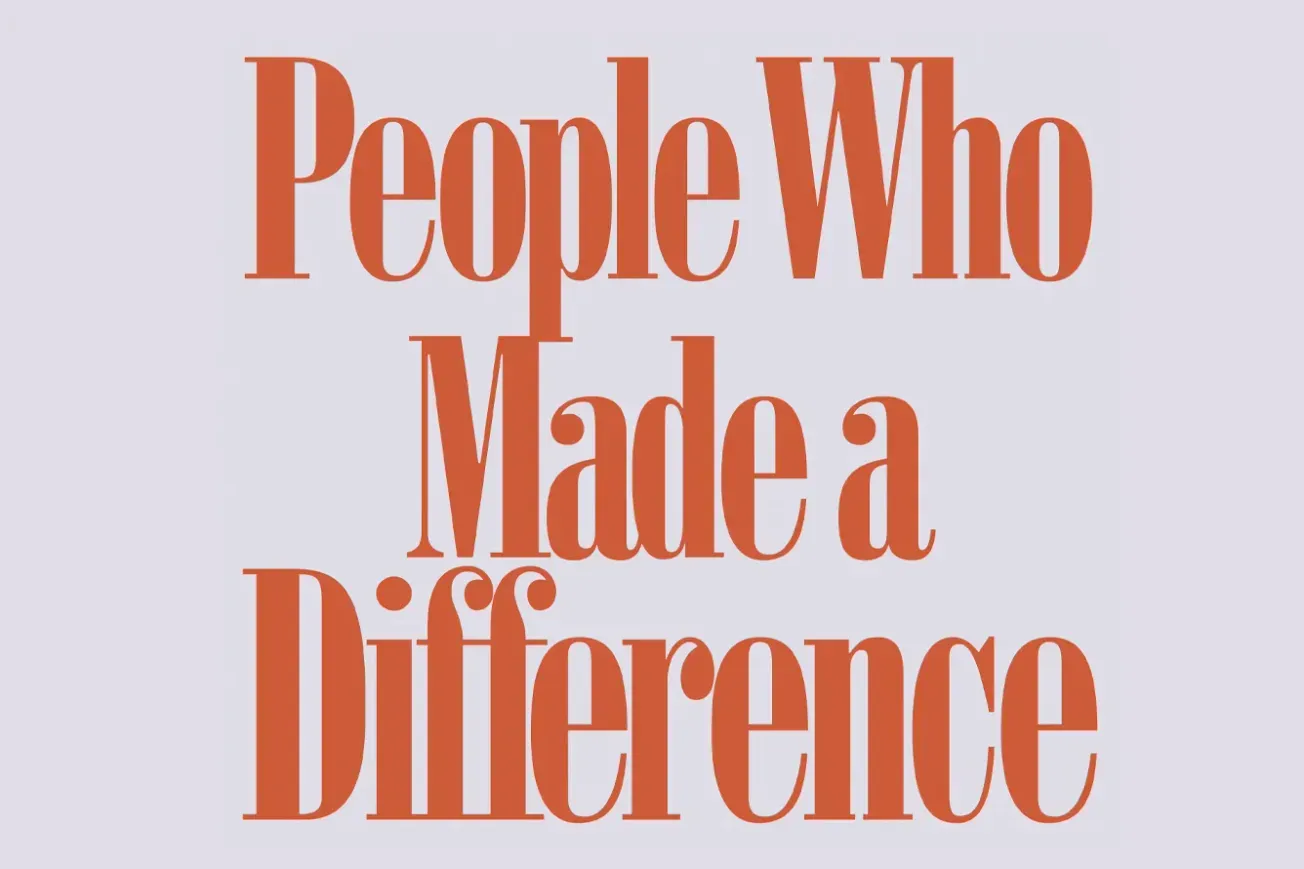PURCHASE, N.Y.– The back-to-school season will be defined by the resilience and flexibility of the consumer, who in the face of rising prices is expected to keep spending in the months ahead, according to MasterCard SpendingPulse, a measure of retail sales across all forms of payment, not adjusted for inflation.
U.S. retail sales (in-store and online) are projected to increase 7.5% from mid-July through Labor Day), according to the latest survey, released this week.
“Back-to-school is the second biggest season for retailers and is often looked at as an early indicator of retail momentum ahead of the traditional holiday season,” said Steve Sadove, senior advisor for Mastercard. “While Mastercard SpendingPulse anticipates growth across sectors, retailers will need to find innovative ways to entice shoppers as discretionary spending potentially stretches thin as a result of increasing prices.”
Cost-conscious consumers will need to balance their desire for fresh styles and new experiences with continued price pressures, according to the survey.
Among trends identified for the 2022 back-to-school season:
• Shopping for back-to-school becomes an experience of its own. From needing to try on new sizes to wanting to browse the latest fashions in person, the return to stores is expected to grow 8.2% compared to last year and 9.9% against pre-pandemic 2019.
• Following a multi-year decline, department stores have made their way into the spotlight with sustained growth over 15 consecutive months.
• More gatherings require more looks. With weddings, events and vacations lined up for the foreseeable future, the demand for apparel both in-store and online sees no signs of slowing,
According to Mastercard SpendingPulse, total U.S. retail sales, excluding automotive spending, increased 10.5% year-over-year in May, and 21.4% compared to May 2019.
“The continued retail sales momentum in May aligns with the sustained growth rates we’ve seen so far this year,” said Michelle Meyer, U.S. chief economist, Mastercard Economics Institute. “The consumer has been resilient, spending on goods and increasingly services as the economy continues to rebalance. That said, headwinds have become stronger – including gains in prices for necessities like gas and food, as well as higher interest rates.”










